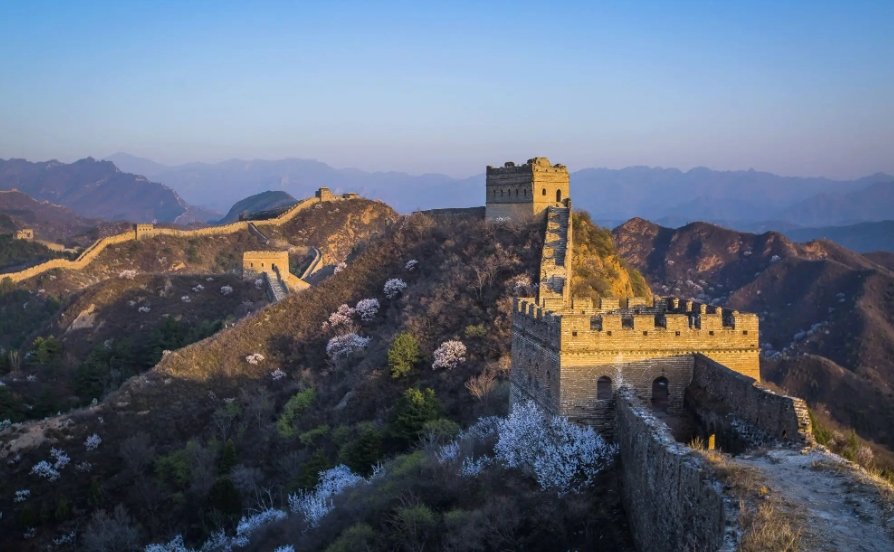
Which is the Greatest Wall of All Time?
The title "Great Wall" often evokes images of China's monumental structure snaking across mountains and deserts. While the Great Wall of China is undoubtedly an impressive feat of engineering and endurance, the title of "greatest" requires a closer look at history and the various walls that have graced (and protected) our planet.
Let's begin with the most famous contender:
The Great Wall of China, China – part of UNESCO site 438: This title primarily refers to the Ming Great Wall, constructed between 1368 and 1644 AD. Stretching over an astounding 8,850 km (5,500 miles), it stands as the longest wall built by a single dynasty. Its imposing presence across the Chinese landscape, along with its cultural significance, has secured its place as a global icon.
However, the Ming Great Wall is just one chapter in a much longer story. China boasts a rich history of wall-building, with fortifications dating back centuries before the Ming dynasty.
One such example is the Great Wall of Qi: Located in Shandong Province, this ancient marvel represents the oldest known Great Wall in China. Constructed during the 7th century BC, the Great Wall of Qi predates even the more famous Great Wall we recognize today. While significantly shorter than its Ming Dynasty counterpart, the Wall of Qi holds immense historical value as a testament to early Chinese ingenuity and defense strategies.
Venturing further back in time, we encounter another strong contender for the title of "greatest":
The Great Wall of the Han dynasty (206 BC–220 AD): This immense project, spanning over 20,000 kilometers (12,400 miles), claims the title of the longest Great Wall in history. Built to protect the Han Empire from nomadic tribes, it employed various materials depending on local resources, including rammed earth, wood, and stone. Although much of it has succumbed to the ravages of time, its sheer scale and historical significance are undeniable.
So, which wall claims the ultimate title?
The answer depends on what criteria we use to define "greatest."
- Length: The Han Great Wall wins with its staggering 20,000 km span.
- Preservation: The Ming Great Wall emerges victorious, with substantial sections still standing today.
- Cultural Impact: The Ming Great Wall, recognized globally as a symbol of China, holds undeniable cultural weight.
Ultimately, the "greatest" wall is subjective. Each wall mentioned above boasts its unique blend of size, history, and impact. Instead of crowning a single victor, we should appreciate these awe-inspiring structures as testaments to human ambition, resilience, and the timeless need for protection and demarcation throughout history.
Q&A
Q1: What is the oldest Great Wall in China?
A1: The Great Wall of Qi, constructed in the 7th century BC, holds the title of the oldest known Great Wall in China.
Q2: How long is the longest Great Wall ever built?
A2: The Great Wall built during the Han dynasty, spanning over 20,000 kilometers, holds the record for the longest wall in history.
Q3: Why were Great Walls built?
A3: Great Walls served various purposes, primarily as defensive fortifications against invasions. They also helped control borders, manage trade, and even served as symbols of power and national identity.
note: This return of all, without the author's permission, may not be reproduced